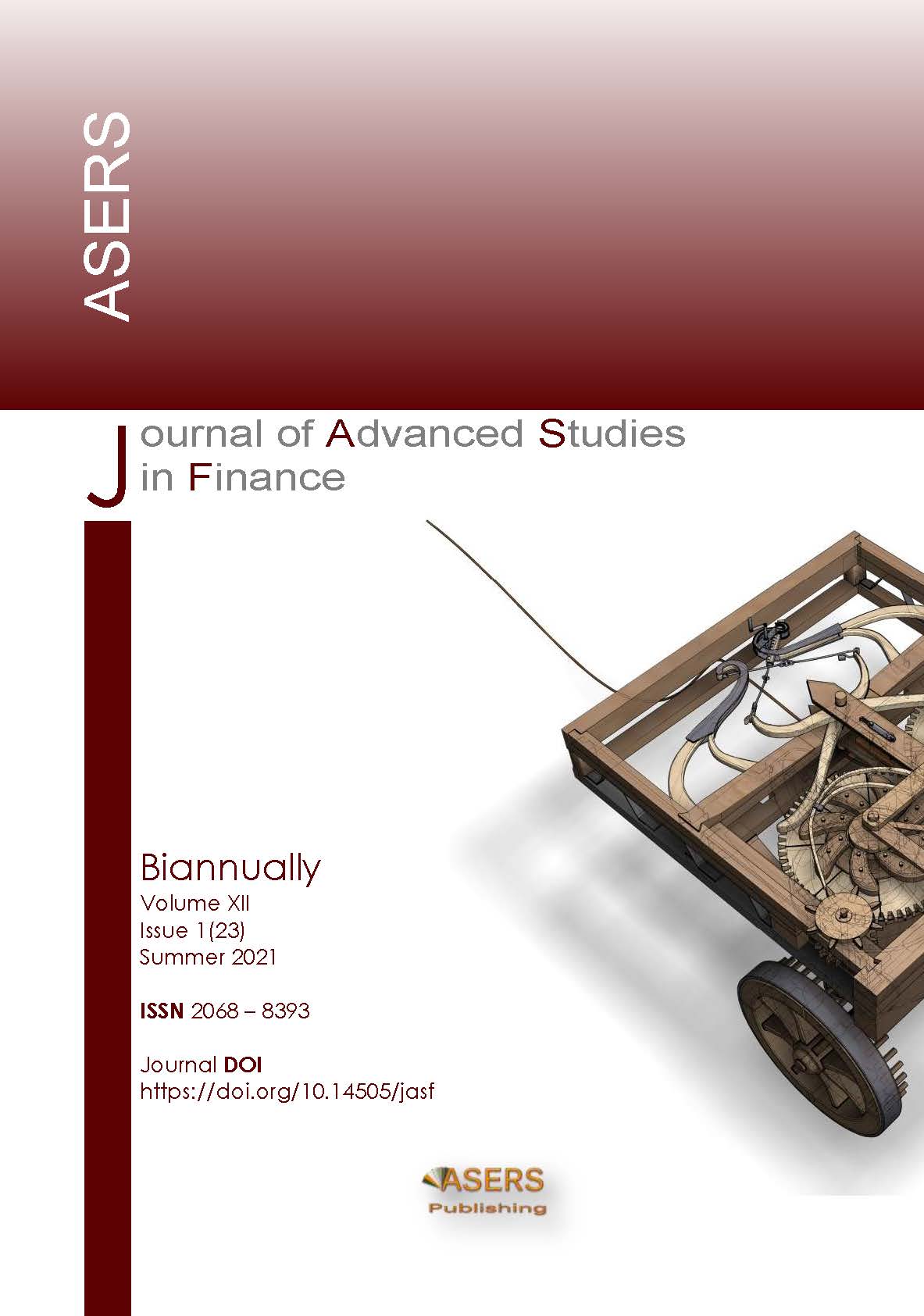Examining Sustainability of Government Debt in India: Post COVID Prospects
Examining Sustainability of Government Debt in India: Post COVID Prospects
Author(s): Dinesh Kumar Srivastava, Muralikrishna Bharadwaj, Tarrung KAPUR, Ragini TREHANSubject(s): Economy, National Economy, Financial Markets, Public Finances
Published by: ASERS Publishing
Keywords: COVID-19; government debt; growth; inflation; debt;
Summary/Abstract: In this paper, we examine the determination of the sustainable level of debt-GDP ratio for the combined debt of central and state governments relative to GDP using (a) an analytical approach as followed by the Twelfth Finance Commission and (b) an econometric model using threshold estimation. These methods provide results which are close to the target debt-GDP ratio of 60% determined by the Fiscal Responsibility and Budget Management (FRBM) review committee of 2018. For understanding the evolution of government debt in India, we have divided the period from 1991-92 to 2018-19 into six categories based on the contribution to the debt-GDP ratio made by (i) primary balance and (ii) excess of nominal growth rate over interest rate. This dynamic is well captured by an ARDL estimation which estimates the individual contribution of each of the contributing factor to debt accumulation. India’s government debt is likely to exceed the sustainable debt-GDP threshold by a large margin in the post Covid years. and even after normalcy is restored, it would take a long period for sustainability to be restored. It would also require that adequate policy measures are taken to ensure that growth rate exceeds the interest rate over long contiguous periods.
Journal: Journal of Advanced Studies in Finance (JASF)
- Issue Year: XII/2021
- Issue No: 23
- Page Range: 51-62
- Page Count: 12
- Language: English
- Content File-PDF

